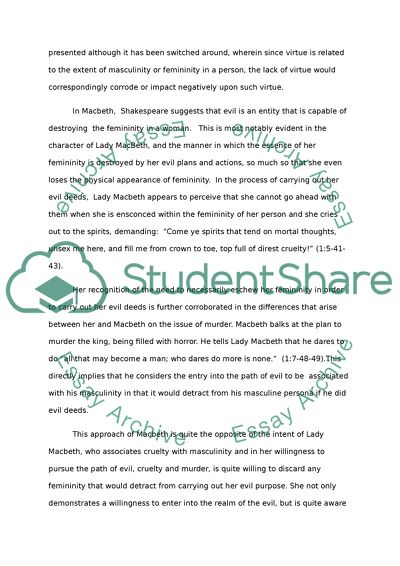Cite this document
(“The Character of Beatrice and Lady Macbeth by Shakespeare Essay - 1”, n.d.)
The Character of Beatrice and Lady Macbeth by Shakespeare Essay - 1. Retrieved from https://studentshare.org/literature/1720527-shakespeare
The Character of Beatrice and Lady Macbeth by Shakespeare Essay - 1. Retrieved from https://studentshare.org/literature/1720527-shakespeare
(The Character of Beatrice and Lady Macbeth by Shakespeare Essay - 1)
The Character of Beatrice and Lady Macbeth by Shakespeare Essay - 1. https://studentshare.org/literature/1720527-shakespeare.
The Character of Beatrice and Lady Macbeth by Shakespeare Essay - 1. https://studentshare.org/literature/1720527-shakespeare.
“The Character of Beatrice and Lady Macbeth by Shakespeare Essay - 1”, n.d. https://studentshare.org/literature/1720527-shakespeare.


